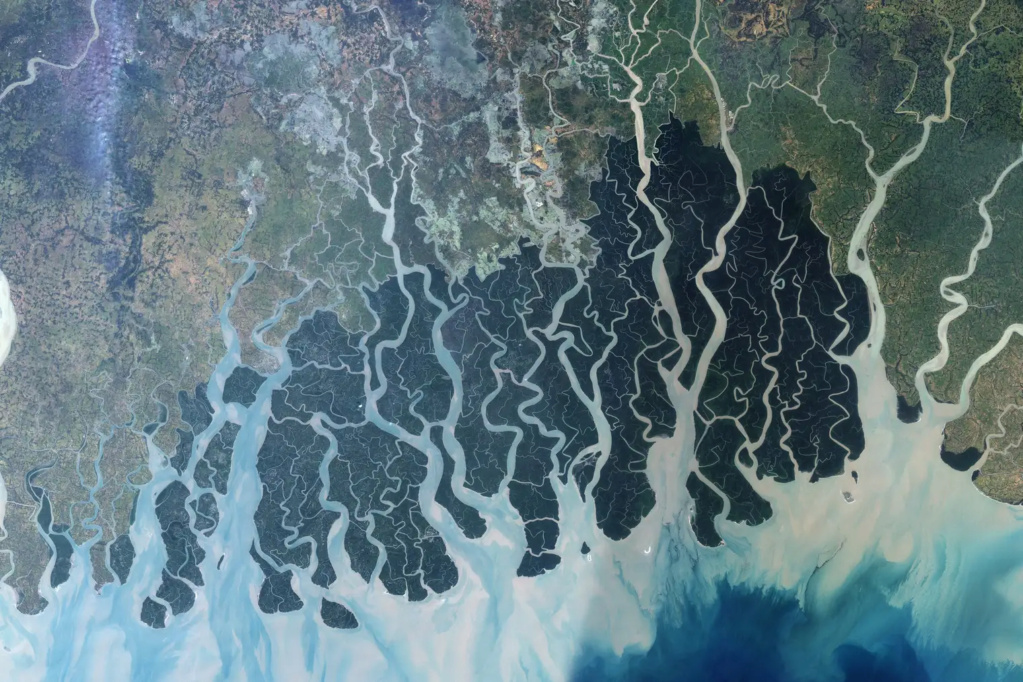?Origin of life: deltas, cradles of the first modern animals

The Cambrian explosion can be observed in different deposits, notably that of Chengjiang, in China. A new study of this site shows that the life of the first animals, more than 500 million years ago, originated in a delta.
5 animals that are living fossils The platypus, the nautilus, the cockroach, the coelacanth or the pig-nosed turtle only have tnull
About 530 million years ago, during theCambrian, the Earth experienced a zoological big bang with the sudden appearance of a multitude ofspeciesanimal, vegetable and bacterial. Among the witnesses of thisexplosion cambrienne, the biota of Chengjiang, a site -- in Yunnan, southwest China -- that yields an exceptionally diverse fauna of assemblage offossilswithin which the details of external and internal anatomical features have been incredibly well preserved.
More than 250 species of various fossils have been found there, such as arthropods (ancestors of woodlice,centipede,spiders, scorpions, insects) as well as the first vertebrates (ancestors ofmammals, birds,reptiles,amphibiansandPisces) providing a multitude of clues about the environment in which these organisms developed and multiplied.

THE NUMBER OF TAXA RECORDED IN THE CHENGJIANG SITE IS 300% HIGHER THAN IN THE SIRIUS PASSET (WHICH IS APPROXIMATELY THE SAME AGE AS CHENGJIANG) AND 27% HIGHER THAN THE BURGESS QUARRY, THE MOST FAMOUS SITE WITH PRESERVED EXCEPTIONAL FOSSIL.
An international collaboration between the universities of Yunnan, Exeter, Saskatchewan, Lausanne, Leicester and the Chinese Academy of Sciences, was formed on this site and gave rise to this new study published in the journal NatureCommunications . This large team of scientists assessed the sedimentary environment that existed at the time of the Chengjiang deposit, i.e. around 520 million years ago, using the latest knowledge acquired through data collected in the field, themodelizationdeposits and experiments on the flow ofsediment.
The environment of the first animals on Earth
This study shows that the biota of Chengjiang was formed by a variety of flow types which indicates the influence of a delta subject to that of rivers andwaves. It would therefore seem that most of the animals in these places lived in a delta rich in oxygen andnutrientsbut with asalinityunstable and rates ofsedimentationstudents. Evidence of sea currents in the past environment also indicates that the area was affected byfloodsissues ofstorms.

A DELTA IS A TYPE OF MOUTH THAT A RIVER CAN FORM WHERE IT EMPTIES INTO AN OCEAN, SEA OR LAKE
These results are very important because they indicate that the first animals survived unstable conditions and stressful factors, contrasting with the current of thought that animals colonize deeper and more stable marine environments. Finally, this unstable environment could have contributed to the adaptation of species as well as their diversification.
Source: websites

